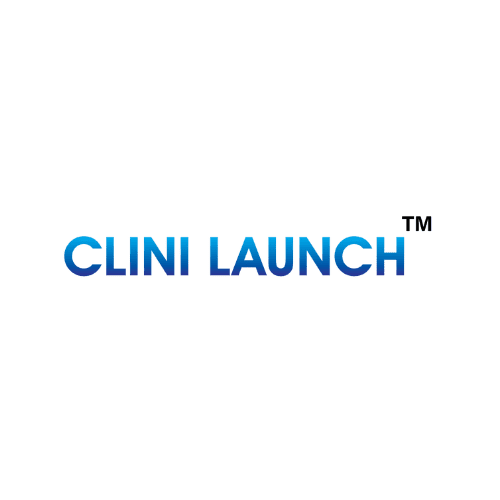Your 7-Step Guide to Mastering Medical Billing in 2025
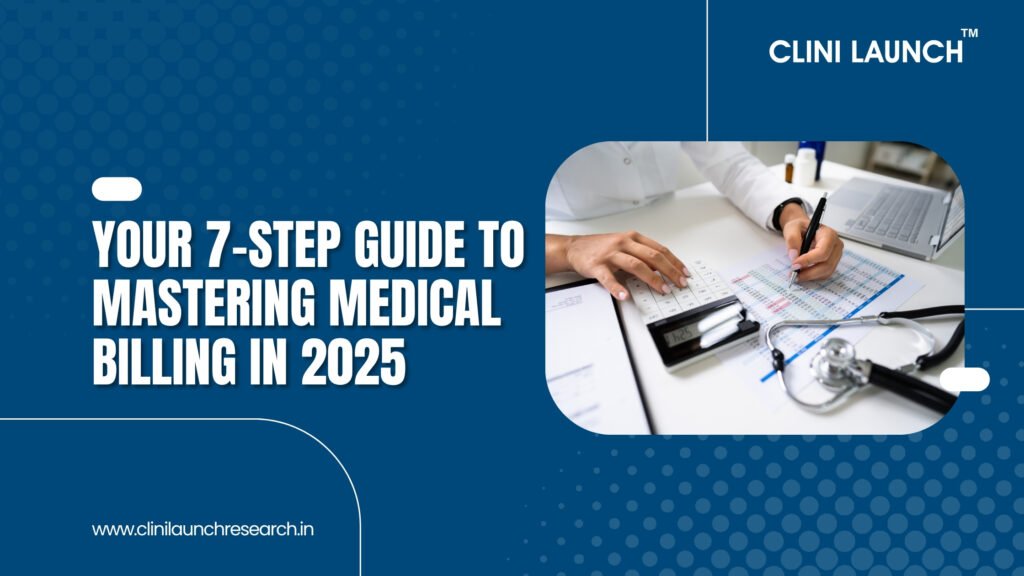
Home In the ecosystem of healthcare, while the focus often remains on patient care and advanced medical treatments, there’s a vital, often unseen, process that keeps the entire system functioning: medical billing. Far more than just sending invoices, medical billing is the sophisticated mechanism that translates healthcare services into financial claims, ensuring that providers are compensated for their invaluable work. It’s the bridge connecting patients, healthcare providers, and insurance companies, orchestrating the financial flow that underpins the delivery of quality care. For anyone involved in healthcare, from administrators to aspiring professionals, a profound understanding of medical billing is not merely advantageous—it’s essential. This comprehensive guide will demystify the complexities of medical billing, exploring its core principles, its symbiotic relationship with medical coding, and the critical steps involved in a successful revenue cycle. We’ll delve into key terminology, common challenges, and best practices to ensure your medical and billing operations are as efficient and profitable as possible. Enroll Now: Medical coding Integrating Medical Billing and Medical Coding To understand medical billing, one must first appreciate its inseparable partner: medical coding. These two disciplines are two sides of the same coin, both crucial for accurate and efficient healthcare reimbursement. Medical coding is the process of transforming healthcare diagnoses, procedures, medical services, and equipment into universal medical alphanumeric codes. These codes provide standardized language that allows for clear communication across different healthcare entities, including providers, payers, and regulatory bodies. The most common coding systems include: Once medical services are meticulously coded, the medical biller takes over. The medical bill that goes to the payer is built upon these precise codes. The biller’s role is to review the patient’s medical records, apply the correct codes, compile this information into a claim, and then submit it to the appropriate insurance company for reimbursement. Without accurate coding, the billing process would halt, leading to claim denials and significant revenue loss. This close partnership highlights why a strong foundation in medical coding is often a prerequisite for a successful career in medical billing. The Pivotal Contributions of the Medical Billing Professional A medical biller is the financial backbone of any healthcare practice or organization. Their responsibilities extend far beyond simply processing payments; they are revenue cycle managers, compliance experts, and crucial liaisons between patients, providers, and payers. A skilled medical biller ensures that a physician’s services are appropriately reimbursed, directly impacting the financial health and sustainability of the practice. Key responsibilities of a medical biller include: A knowledgeable and efficient medical biller is an invaluable asset, capable of significantly enhancing the revenue performance and operational efficiency of any healthcare entity. They navigate the labyrinthine rules of various insurance payers, ensuring that every service rendered results in appropriate reimbursement. The Medical Billing Process: A Comprehensive 8-Step Journey The medical billing process is a methodical series of steps, each critical to the successful collection of payments for healthcare services. Understanding this cycle, also known as the revenue cycle management (RCM), is fundamental to minimizing errors, reducing claim denials, and maximizing revenue. Essential Terminology in Medical Billing and Insurance Navigating the world of medical and billing requires familiarity with a specific lexicon. Understanding these terms is key to effective communication and successful claim processing. Challenges and Best Practices in Modern Medical Billing Despite its structured process, medical billing is fraught with challenges that can significantly impact a practice’s financial health. Understanding these hurdles and implementing best practices is crucial for success. Common Challenges: Best Practices for Optimized Medical and Billing: The Impact of Medical Billing on Healthcare Sustainability The efficiency and accuracy of medical billing directly influences the financial viability of healthcare providers. In a landscape of rising costs and evolving regulations, robust billing practices are not just about profit; they are about sustainability. When claims are accurately submitted and promptly paid, practices have the resources to invest in better equipment, attract top talent, and expand services, ultimately leading to improved patient outcomes. Conversely, a flawed billing process can lead to significant revenue leakage, cash flow problems, and even the closure of practices limiting access to care. Furthermore, effective medical billing plays a crucial role in maintaining patient satisfaction. Transparent billing practices, clear communication about financial responsibilities, and prompt resolution of billing inquiries enhance the patient’s experience. A patient who understands their medical bill and feels treated is more likely to return for future services and recommend the practice to others. The synergy between medical coding and billing, the meticulous adherence to process steps, and the continuous adaptation to industry changes are all vital for navigating the complex financial currents of healthcare. As healthcare continues to evolve, the demand for skilled med bill professionals who can optimize the revenue cycle will only grow. To Sum Up Medical billing is the modern healthcare industry, a complex yet rewarding field that demands precision, dedication, and continuous learning. From the initial patient encounter to the final payment, every step in the billing cycle is critical to ensuring the financial health of healthcare providers and maintaining access to quality care. By mastering the intricacies of medical coding, understanding the complete medical and billing process, and staying abreast of the evolving regulatory landscape, professionals in this field play an indispensable role in the smooth operation of healthcare. Whether you are a healthcare administrator seeking to optimize your practice’s revenue cycle, a recent graduate looking to enter a dynamic field, or a professional aiming to enhance your skills, the journey into advanced medical billing is one of continuous growth and significant impact. The demand for highly skilled medical billers and coders continues to rise, driven by the ever-increasing complexities of healthcare finance. Are you ready to elevate your expertise and become a leader in medical billing and coding? CliniLaunch Research offers comprehensive courses and training programs designed to equip you with the knowledge and practical skills needed to excel in this vital field. Discover how our expert-led instruction and industry-aligned curriculum can transform your career. Visit CliniLaunch Research today to learn more and enroll in
7 Essential Statistical Methods in Biostatistics for Breakthrough Research
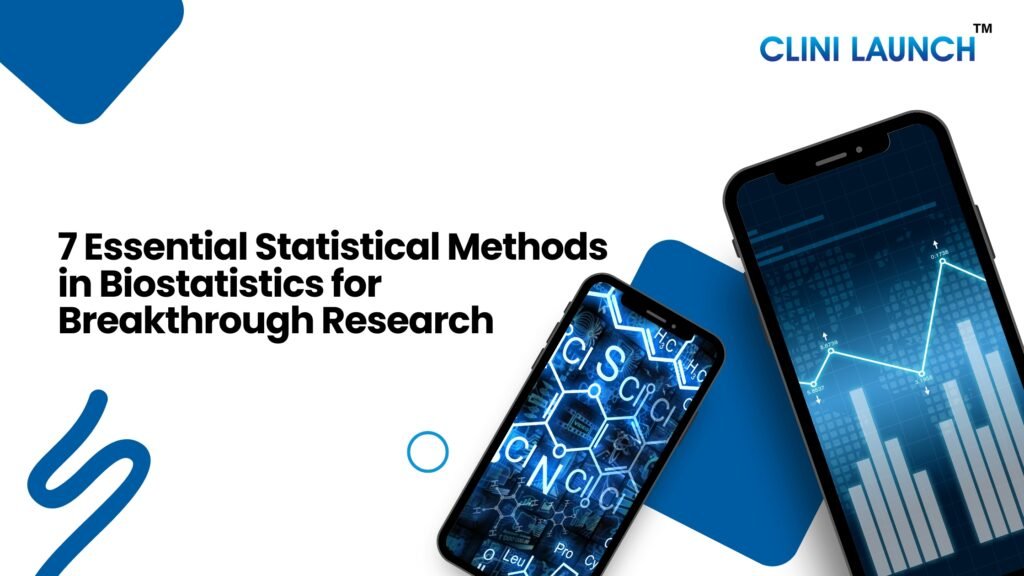
Explore the top 7 statistical methods in biostatistics crucial for statistical analysis. Learn about how statistics for data analysis drives evidence-based decisions.
Biomarker Analysis: Advanced Clinical SAS for Precision Medicine | 2025
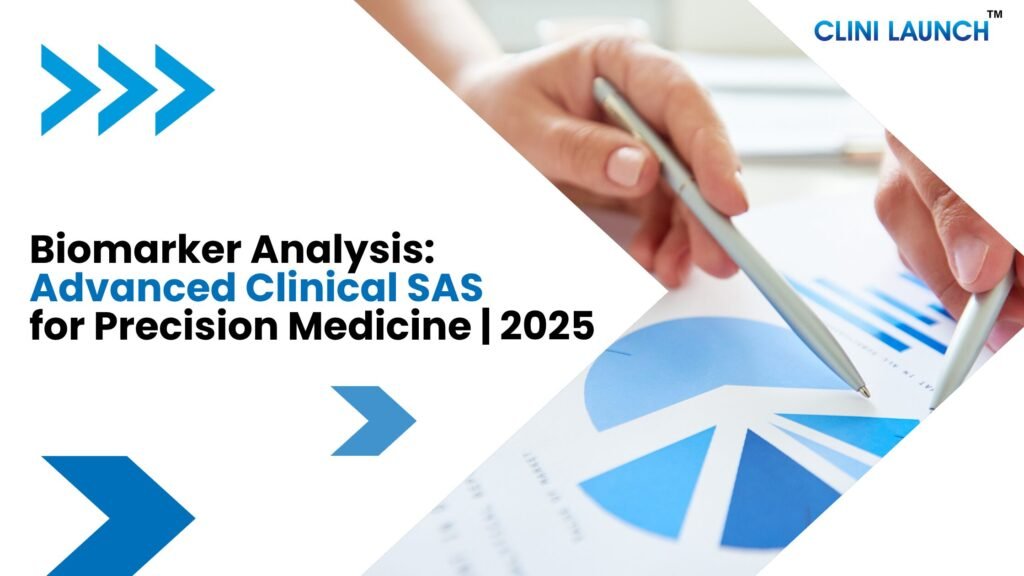
Learn about the challenges of biomarker analysis and discover how Clinical SAS provides the robust framework for advanced Biomarker Data Management. Read more.
7 Expert Strategies to Master ICD-10-CM Coding & Avoid Costly Errors
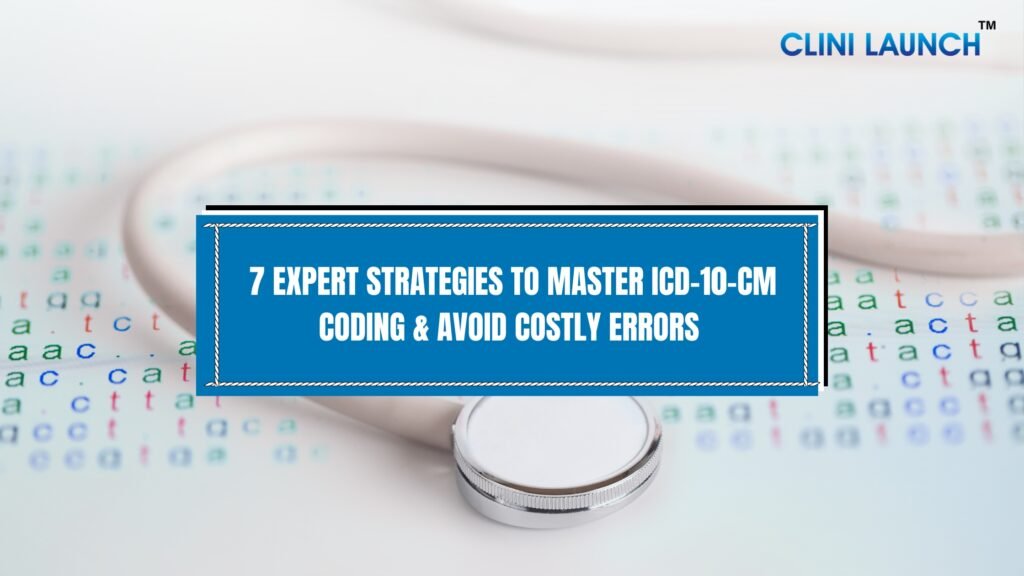
Mastering ICD-10-CM coding is crucial for accurate medical billing and patient care. Discover 7 expert strategies to navigate the complexities of ICD-10-CM coding.
Best 6 Data Analysis Techniques to Solve Healthcare’s AI & ML Challenges
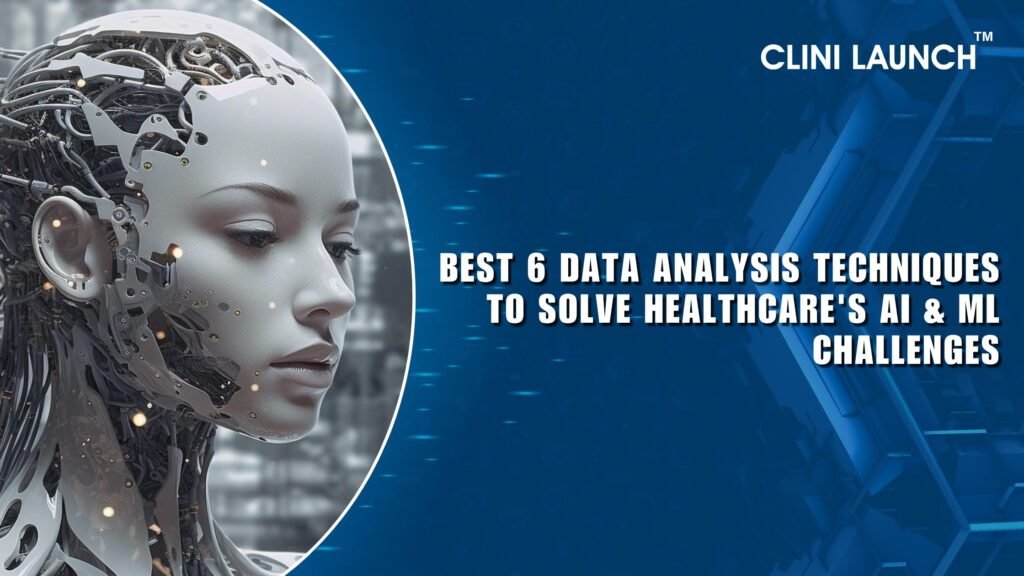
Explore essential data analysis techniques, data analytics tools and techniques, and statistical analysis methods crucial for leveraging AI and ML in healthcare.
The Ultimate Guide to SAS Programming in 2025: Clinical SAS Data
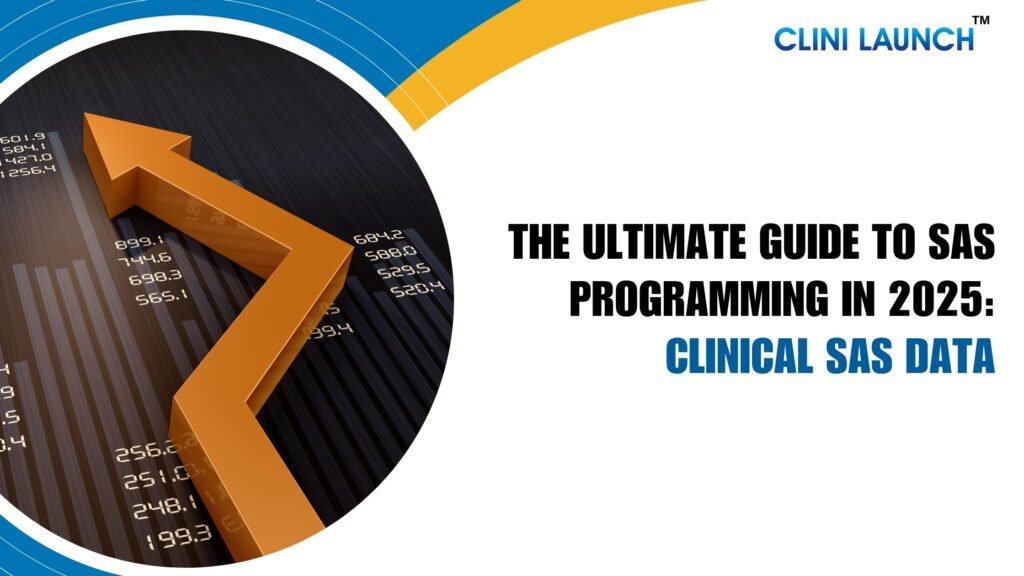
Master SAS programming for clinical research with our in-depth guide. Learn about SAS statistical software, accelerate your career with a SAS programming course.
Genomic Data Interpretation: 7 Pivotal Advancements Revolutionizing Bioinformatics
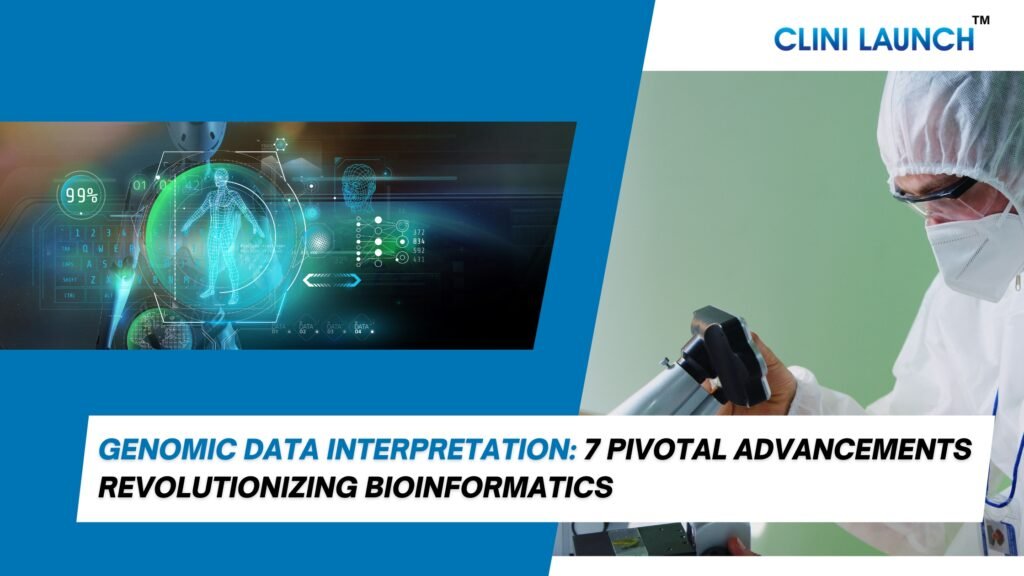
Master genomic data interpretation, from raw genetic data to actionable insights. Learn how to interpret DNA test results and the power of your genetic information.
Master Regression Analysis: Top 5 Biostatistical Insights & Applications
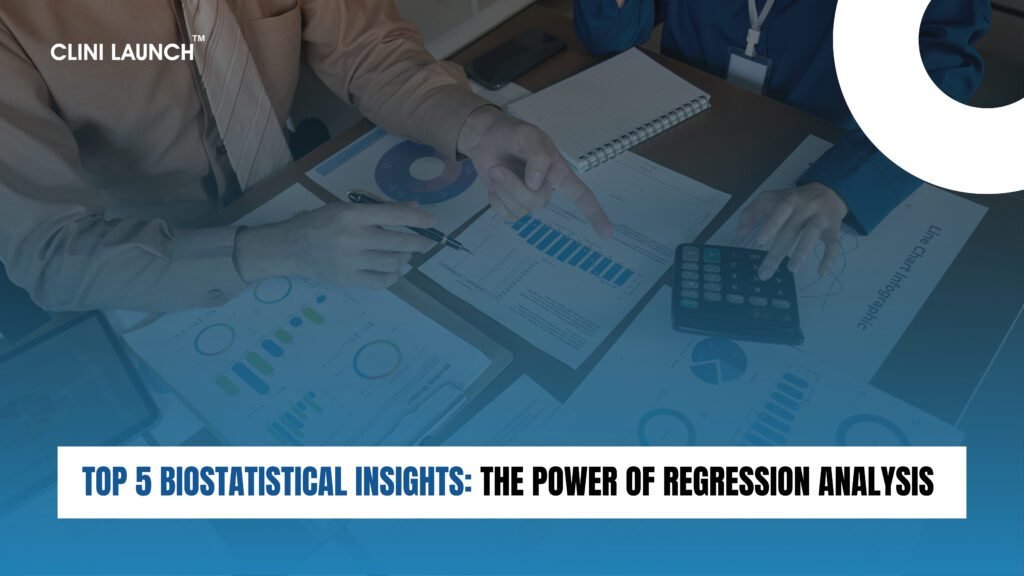
Explore the core principles of Regression Analysis in biostatistics, including Linear and Logistic Regression, Predictive Modeling, and key Assumptions. Read more.
Top 7 Ways AI & ML Transform Clinical & Medical Diagnoses in Healthcare
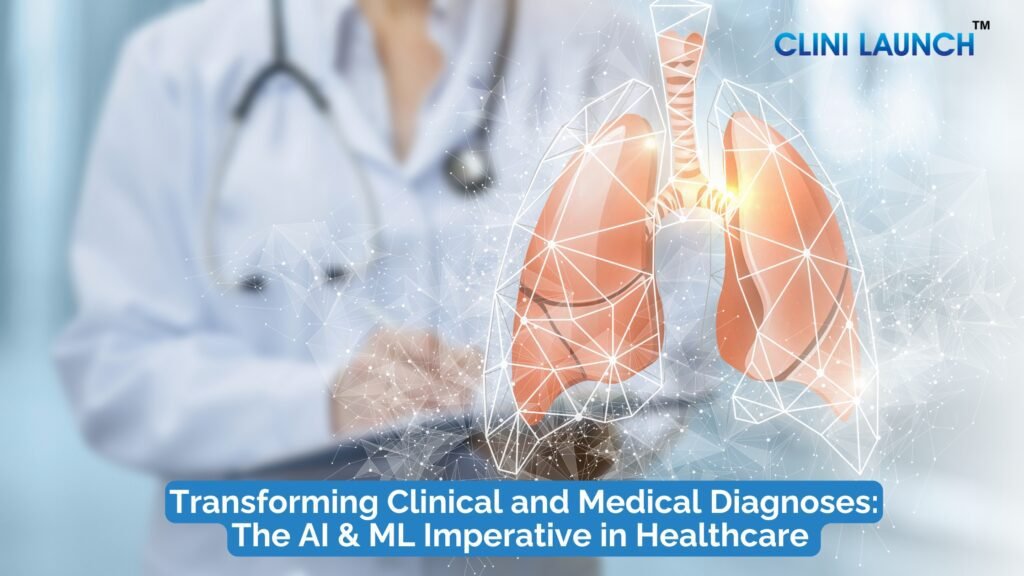
Explore the pivotal roles of AI and Machine Learning in transforming clinical and medical diagnoses. Discover how it shapes the future of healthcare. Learn more.
Bayesian Statistics: A Modern Data Analysis in 2025
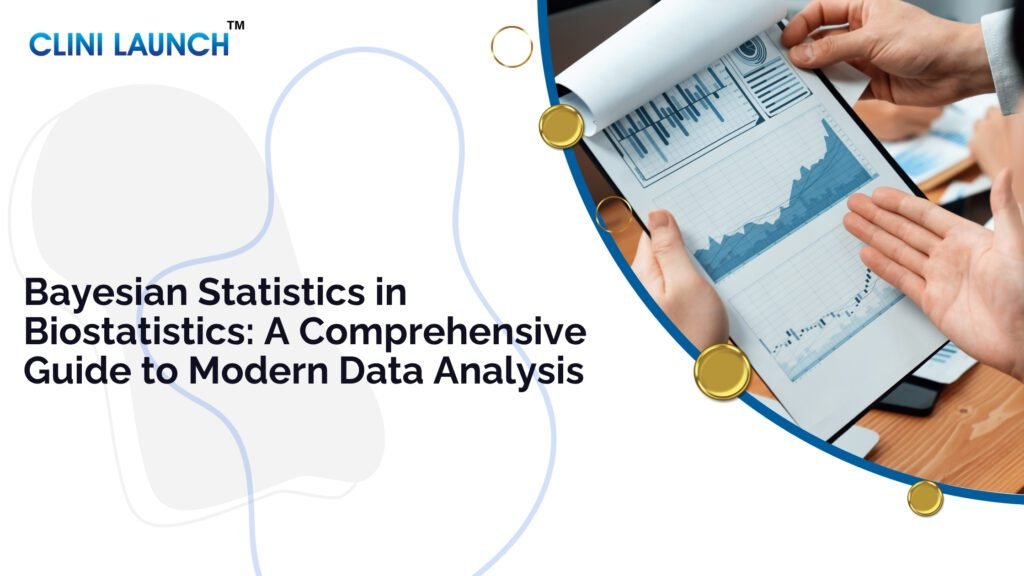
Explore the transformative power of Bayesian statistics in biostatistics. This in-depth guide covers fundamental principles, advanced Bayesian statistics, and more.
